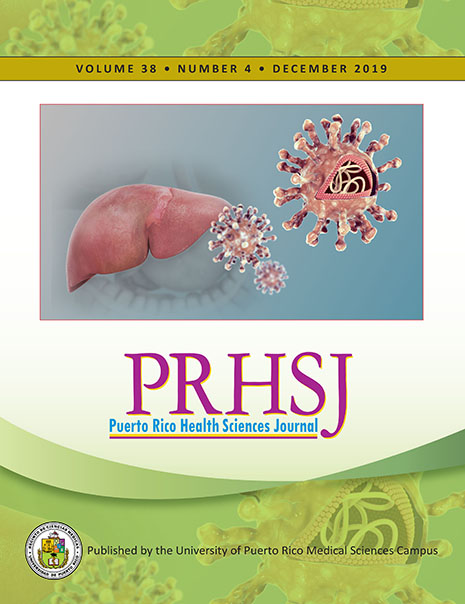Abstract
Objective: We performed a descriptive study of patients who have failed to DDAs in our Veteran population. The primary outcome of this study is to describe the clinical profile of these patients and to evaluate their respective resistance mutation panel. Methods: This investigation is a descriptive retrospective study of patients with chronic hepatitis C between the ages of 21 to 89 years from the Veteran Affairs Caribbean Healthcare System in P.R. Eligible cases were Veterans treated for hepatitis C with second generation of DAAs from January 1, 2015 to December 31, 2016 who failed to therapy. Patient records were reviewed and those who met inclusion criteria were included. Results: Among Hispanic Veterans treated with DAA for genotype 1 HCV infection, 3.9% had failure to treatment with the second generation DAAs. 90% were genotype 1a; while 10% were 1b. 80% of these were identified as cirrhotic and the other 20% were non cirrhotic. 90% had resistant variants for Ns5a. Eight patients had Ns3 RASs testing requested of which 50% had presence of resistant variants. Five patients had Ns5b RASs testing performed of which 40% had positivity for resistant variants to Ns5b. Conclusion: Despite DAA effectiveness, phase III clinical trials with new IFN-free DAA-based therapies have a 5-7% treatment failure rates. Real-life data has showed that <15% of patients fail to achieve SVR in the most difficult to cure groups such as those with cirrhosis or subtype 1a. These findings are comparable with our current study.
Authors who publish with this journal agree to the following terms:
a. Authors retain copyright and grant the journal right of first publication with the work simultaneously licensed under a Creative Commons Attribution License that allows others to share the work with an acknowledgement of the work's authorship and initial publication in this journal.
b. Authors are able to enter into separate, additional contractual arrangements for the non-exclusive distribution of the journal's published version of the work (e.g., post it to an institutional repository or publish it in a book), with an acknowledgement of its initial publication in this journal.
c. Authors are permitted and encouraged to post their work online (e.g., in institutional repositories or on their website) prior to and during the submission process, as it can lead to productive exchanges, as well as earlier and greater citation of published work (See The Effect of Open Access).
